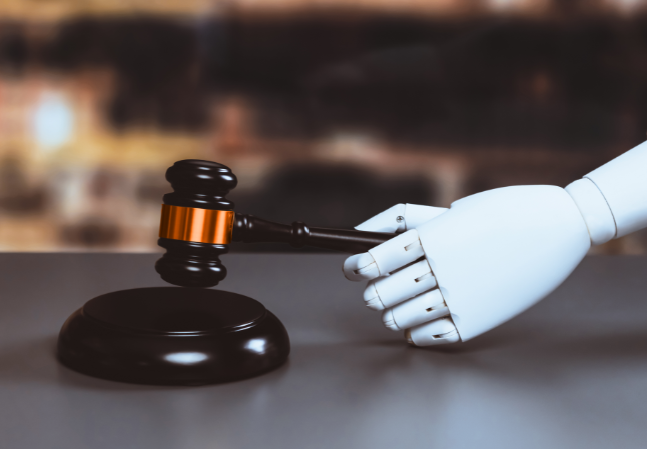Welcome! Save 30% on all CLE, CPE, and Professional Skills webinars, plus 15% off any annual pass with code HOLIDAY25
About the Course
Introduction
This CLE course will guide patent prosecution under the broadest reasonable interpretation (BRI) standard. The panel will provide practical lessons for using BRI to your advantage in prosecution by examining recent Federal Circuit and USPTO’s Patent Trial and Appeal Board decisions.
Description
Patent examiners often interpret claims more broadly than is reasonable to practitioners, but they lack tools to fight the interpretation. However, PTAB and Federal Circuit cases show limits to examiners’ use of BRI in patent prosecution. The rulings underscore the importance of making focused arguments highlighting the ordinary and customary meaning of claim terms consistent with the specification and drawings.
In In re Smith International Inc. (Fed. Cir. 2017), the Federal Circuit addressed how far the Patent Office may go when applying the BRI. The court concluded the PTAB’s construction was unreasonably broad, finding that “[e]ven when giving claim terms their broadest reasonable interpretation, the Board cannot construe the claims ‘so broadly that its constructions are unreasonable under general claim construction principles.’” The court provided guidance on the proper inquiry for using BRI.
This case and others show how patentees and their counsel should focus on the plain and ordinary meaning of claim terms against the patent specification.
Listen as our authoritative panel of patent attorneys examines the BRI standard and how it is being applied. The panel will also discuss the recent Federal Circuit decisions and offer practice tips for claim drafting.
Presented By
-
This 90-minute webinar is eligible in most states for 1.5 CLE credits.
-
Live Online
On Demand
Date + Time
- event
Thursday, September 27, 2018
- schedule
1:00 PM E.T.
- BRI standard and its application
- PTAB and Federal Circuit decisions
- Practice tips for claim drafting
The panel will review these and other high priority issues:
- What guidance do Federal Circuit and PTAB decisions give patent counsel on the application of BRI?
- What arguments are useful in overcoming patent examiners’ unreasonable claim interpretations?
- Why is defining claim terms in the specification and using the definitions critical?
- How can patent counsel distinguish cases where extrinsic evidence has been used to supplement the specification? If and when should extrinsic evidence be used?
Unlimited access to premium CLE courses:
- Annual access
- Available live and on-demand
- Best for attorneys and legal professionals
Unlimited access to premium CPE courses.:
- Annual access
- Available live and on-demand
- Best for CPAs and tax professionals
Unlimited access to premium CLE, CPE, Professional Skills and Practice-Ready courses.:
- Annual access
- Available live and on-demand
- Best for legal, accounting, and tax professionals
Unlimited access to Professional Skills and Practice-Ready courses:
- Annual access
- Available on-demand
- Best for new attorneys
Related Courses

Patent Validity and Entresto: Lessons From the Ongoing Dispute
Tuesday, January 13, 2026
1:00 p.m. ET./10:00 a.m. PT

Evaluating and Acquiring Patent Portfolios: Key Considerations
Thursday, February 19, 2026
1:00 p.m. ET./10:00 a.m. PT



